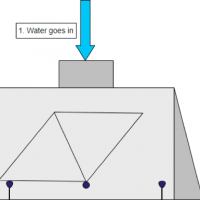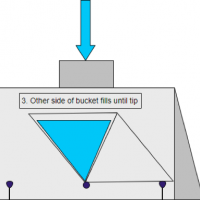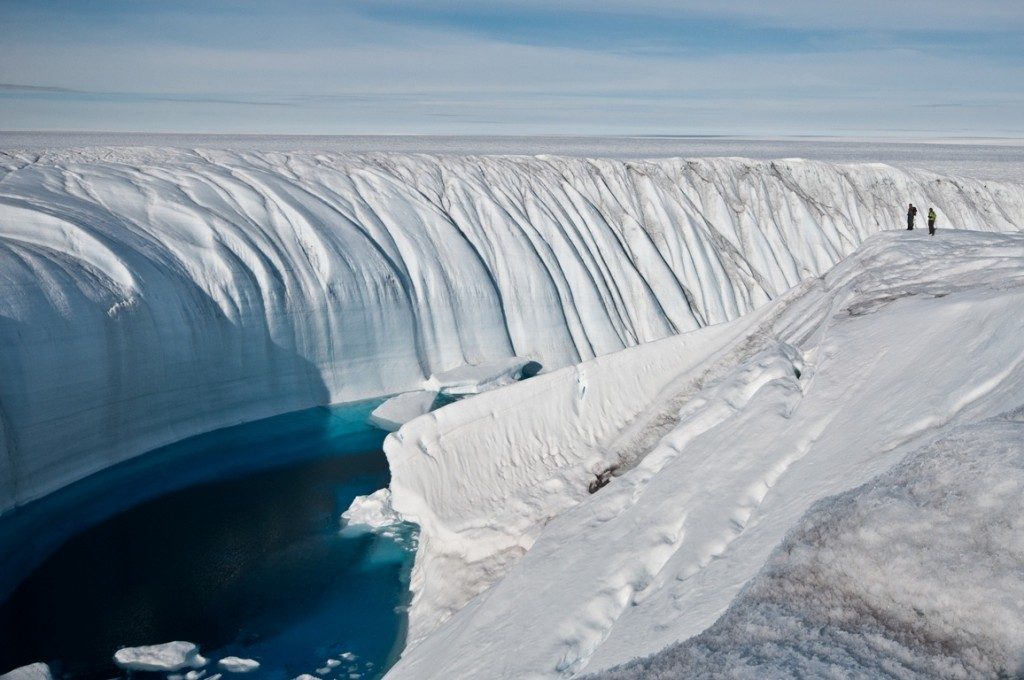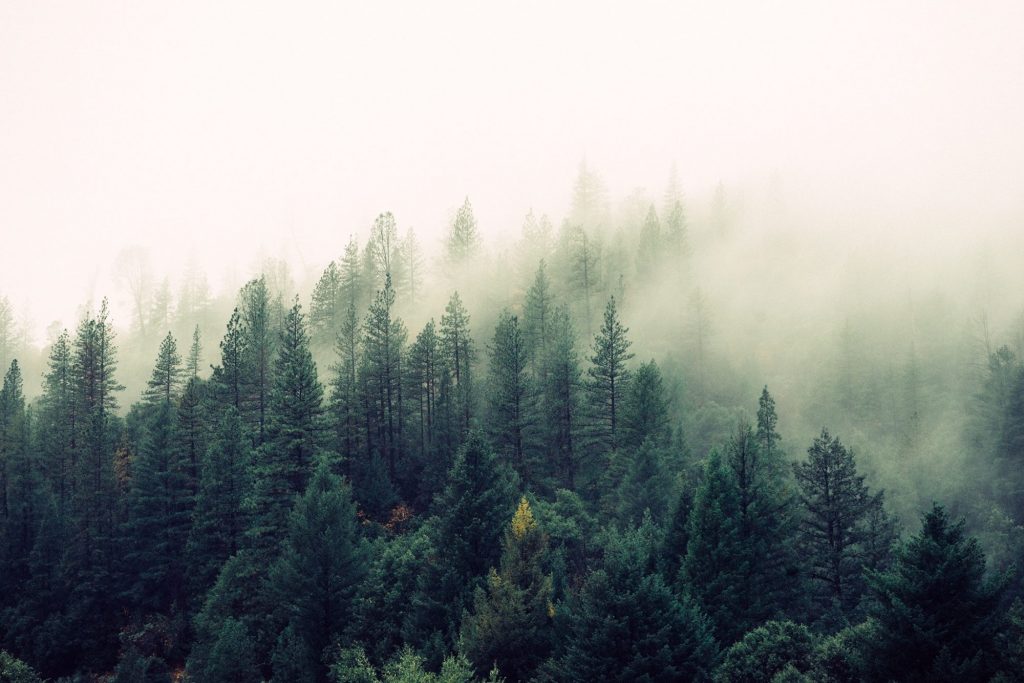Fieldwork in Forks
By Amanda Manaster, PhD Student, University of Washington Civil & Environmental Engineering
Summer is one of the busiest times for scientists doing field work, and I’m no exception—I get out to the field regularly during the summer. At the end of June, I was in Forks, Washington calibrating tipping buckets for my research project.
In the world of freshwater, I’m interested in sediment (mud) transport (movement). For the sediment to move anywhere, you need some sort of driving force, and, in the case of my research, that driving force is water.
To understand the process of sediment transport, quantifying the amount of sediment and the amount of water is incredibly important. This is where the tipping buckets come in! In our field set up, the tipping buckets are placed on a platform on the hillslope below the road surface (along with a sediment tub and a turbidity tank), and water is routed through the tipping buckets, so we can get a measurement of the flow.
The tipping buckets work like this:
- Water goes in through the top of the tipping bucket
- One side of the bucket is filled until it tips over
- The other side of the bucket is filled until it tips over
- Repeat
Inside the tipping bucket, we have a tip counter. We take the number of tips multiplied by the amount of water it takes to tip, and voilà! We have the quantity of water we were looking for.
I spent my week at the end of June calibrating the tipping buckets (i.e., determining how much water it takes for the tipping buckets to tip). To do this, we used a fire truck (which I got to ride in!) with an attached flow meter and spent hours (and hours and hours…) counting tips, doing basic math, and lifting heavy sheet metal boxes.
Though it may sound boring and monotonous (which, honestly, it could be at times), I still firmly believe that a bad day in the field is better than any day in the office.
Happy field-working!

















